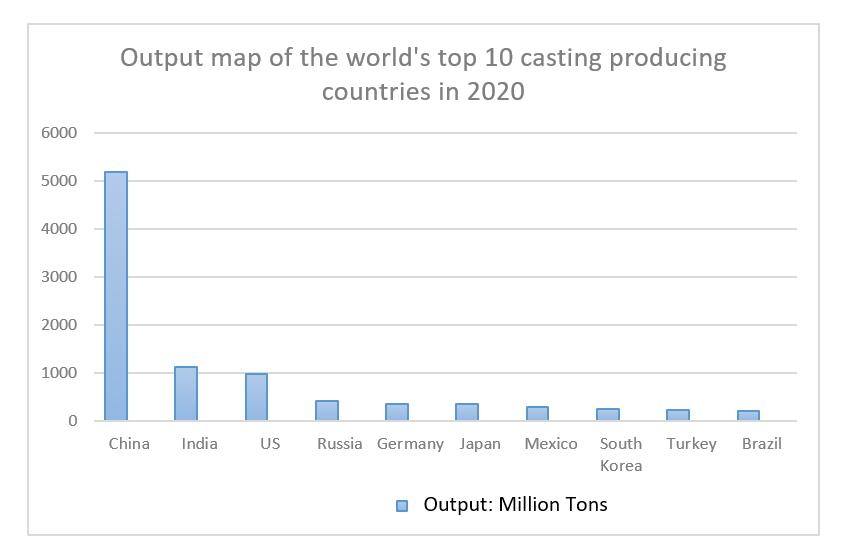Resin Sand Casting An Overview
Resin sand casting is an innovative metal casting process that combines the traditional sand casting technique with modern resin bonding agents. This method has gained significant popularity in various industries due to its numerous advantages, including enhanced dimensional accuracy, improved surface finish, and increased production efficiency. In this article, we will explore the fundamentals of resin sand casting, its benefits, applications, and the process involved.
Fundamentals of Resin Sand Casting
Resin sand casting involves the use of a mixture of sand and a resin binder, which is a synthetic polymer that, when heated, hardens and chemically bonds the sand grains together. The key components of this process are
1. Sand Typically, silica sand is used as the main molding material due to its excellent thermal stability and availability. 2. Resin The resin is responsible for binding the sand together. Common types include phenolic resin, furan resin, and epoxy resin, each offering distinct properties. 3. Catalyst A hardening agent is often used to initiate the chemical reaction that leads to the hardening of the resin.
The preparation of the sand involves mixing the sand with the resin and catalyst, followed by a molding process to create the required shape. Once the mold is formed, molten metal is poured into it and allowed to cool, resulting in the desired cast metal object.
Benefits of Resin Sand Casting
1. High Dimensional Accuracy One of the most significant advantages of resin sand casting is its ability to produce highly accurate and complex shapes. The resin’s bonding properties allow for tighter mold tolerances, making it excellent for intricate designs.
2. Superior Surface Finish The molds created using resin sand casting generally have a smoother surface compared to traditional sand casting. This results in less post-processing work, such as machining or sanding, which can save time and reduce production costs.
3. Reduced Defects The use of resin-based molds helps minimize common defects associated with conventional sand casting, such as sand adhesion and mold collapsibility. This leads to a higher yield of quality castings.
resin sand casting

4. Fast Production Rates Resin sand casting can achieve faster production times since the curing of resin is relatively rapid. This advantage makes it an ideal choice for both low and high volume production runs.
5. Reusability of Molds Some resin sand casting processes allow for the reuse of molds, further enhancing efficiency and reducing material costs.
Applications of Resin Sand Casting
The versatility of resin sand casting makes it suitable for a wide range of applications across different industries. Some notable applications include
- Automotive Industry Engine blocks, transmission cases, and various components can be manufactured using resin sand casting due to its ability to meet tight tolerances and complex geometries.
- Aerospace Industry Precision parts that require high strength-to-weight ratios, such as turbine housings and structural components, benefit from the properties of resin sand casting.
- Marine Industry Components that must withstand harsh marine environments, such as pump housings and propeller blades, can be effectively produced using this method.
- General Manufacturing The technique is also employed in making parts for machinery and equipment in various sectors, including construction and energy.
Conclusion
Resin sand casting represents a significant advancement in the field of metal casting, combining the advantages of traditional sand casting with modern resin technology. Its ability to produce high-precision, high-quality components quickly and efficiently makes it a valuable option for manufacturers in various industries. As technology continues to evolve, resin sand casting will likely become even more prevalent, providing innovative solutions to meet the ever-increasing demands of modern manufacturing. Whether for automotive, aerospace, or general manufacturing applications, this technique is poised to play a critical role in shaping the future of metal casting processes.
Post time:नोव्हेंबर . 10, 2024 05:31
Next:Golden Sands Charity Initiative for Community Empowerment and Sustainable Development
